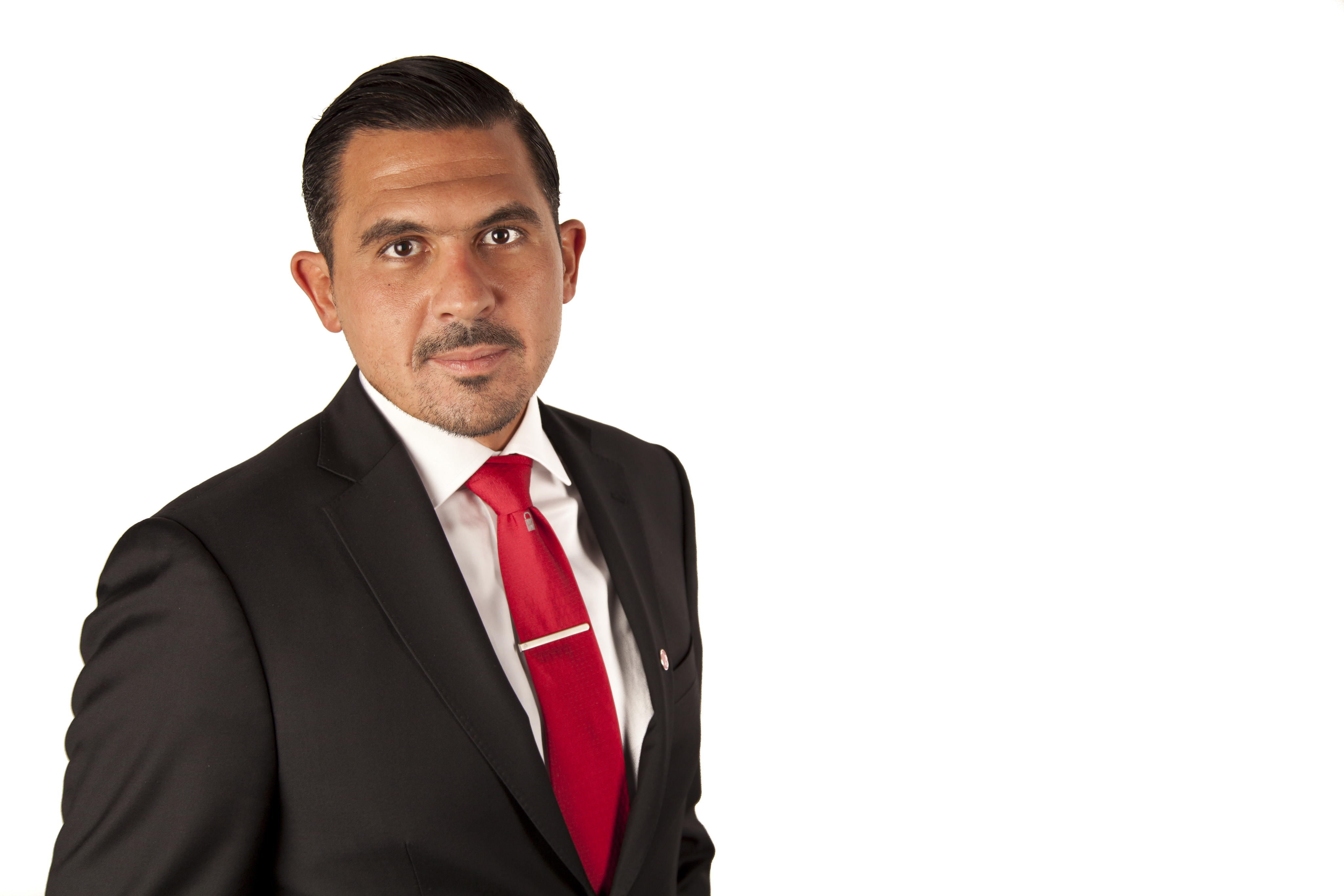It was in 2010 that the Barcelona principles were drafted in an attempt to measure PR value and move it beyond Advertising Value Equivalents (AVE). Following that, in a span of just half a decade, they were updated. As we enter 2017, I believe yet another update is happening – and it’s happening right now.
PR metrics
The search to measure the value of PR really became the subject of intensive focus after the 1970s. By 1987, John Pavlik’s theory on the impact of technology on media made measurement the Holy Grail of PR. But it wasn’t until 1994 that the International Public Relations Association published a paper that created the rule of thumb that most PR agencies utilize: PR Dollar Value = Advertising Equivalency (AVE) x Multiplier of 5. Over time, this became the ‘industry norm’. But, when clients ask the question: “How will we measure ROI on your PR budget?” this formula only yields half of the answer.
The first revision
PR measurement is and will always be much more than metrics alone.
The revised Barcelona principles of 2015 were the first attempt by PR professionals to correct this anomaly. While acknowledging that “Goal Setting and Measurement are fundamental to communication and Public Relations”, the principles shifted measurement focus to “Communication Outcomes” and “Organizational Performance”, and added the need for both “Qualitative and Quantitative Methods”. Although they agreed that “social media can and should be measured consistently with other media channels”, how does one measure what influencers and other forms of digital PR are delivering to a brand today?
Not just numbers
I was reading the book Moneyball, based on the true story of baseball’s Oakland As. The general manager rebuilt his team on a limited budget with the help of a number-crunching economist. He ignored scouting reports and selected players based on statistics, specifically on-base percentage. Teams across major sporting franchises eventually adopted Oakland’s empirical analyses. PR and marketing are following similar paths. We are moving from basic data to more sophisticated measurement of social engagement and multi-funnel traffic patterns. Even as I write this, the As are placed almost at the bottom of the American Baseball league – but which system doesn’t have its faults?
Learn more, speak less.
As Chris Brogan says: “Social media puts the ‘public’ into PR and the ‘market’ into marketing.” Today, the client is king and content is queen. The latter is an opportunity to do something unique and its tone of voice is our most powerful, gutsiest asset. Is there a way to quantify the effect of content sharing and amplification that modern PR consultancies are offering? Perhaps. But it is far more complex than a simple measurement tool. In a world of influencer relations, social media channels and a trillion terabytes of data being exchanged a minute, PR people who want to impress bosses or clients by talking about how they can evidence the ROI must remember one thing: content measurement in the digital age must factor in not just impressions and clippings, but also sentiment analysis, CRM, social listening, community impact and growth. Unless we are equipped to fully comprehend all of the numbers and variables, let us not scream the ROI chorus.
The true measure
PR measurement must begin by answering one or more of the following questions:
- Outputs: Did you reach or engage your target audience with the messages or content as you intended to?
- Outcomes: As a result of reaching or engaging that audience, did they change in the sense of their awareness, comprehension, attitude, behavior and/or advocacy?
- Organizational results: What were the effects on organizations as a result of changes in the audience, often measured in sales, market share, employee engagement, advocacy and so on?
To conclude, I want us to ponder this thought, which Jeff Bezos put into our heads: “In the old world, you devoted 30 percent of your time to building a great service and 70 percent of your time to shouting about it. In the new world, that inverts.” Let us find a way to spend most of our time creating. Then we can just let the facts do the talking.





